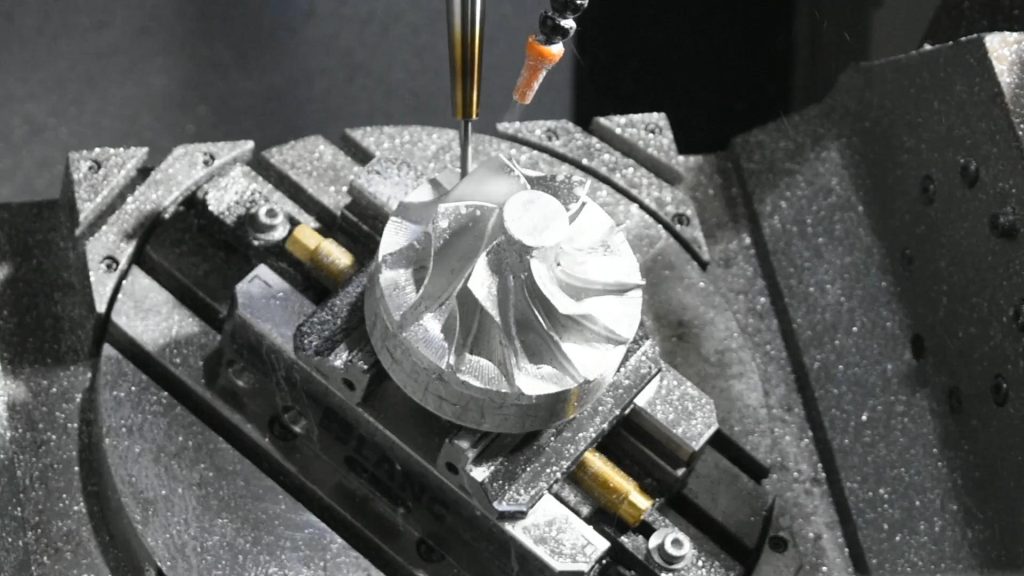An employee management system (EMS) is a software application that helps businesses keep track of employee data. This data can include employee contact information, job titles, salaries, work schedules, and more. EMS systems can also help businesses manage employee benefits, performance reviews, and other HR-related tasks.
EMS systems are used by businesses of all sizes, but they can be especially helpful for companies with large or distributed workforces. That’s because EMS systems can make it easier to track employee data and stay compliant with employment laws.
There are a variety of EMS systems on the market, and the right one for your business will depend on your specific needs. To help you find the best EMS for your company, we’ve put together this buyer’s guide. In it, we’ll cover the following topics:
· What is an employee management system?
· The benefits of using an EMS
· The key features of an EMS
· How to choose the right EMS for your business
· The top EMS vendors
What is an employee management system?
An Employee management System (EMS) is a software application that helps businesses keep track of employee data. This data can include employee contact information, job titles, salaries, work schedules, and more. EMS systems can also help businesses manage employee benefits, performance reviews, and other HR-related tasks.
EMS systems are used by businesses of all sizes, but they can be especially helpful for companies with large or distributed workforces. That’s because EMS systems can make it easier to track employee data and stay compliant with employment laws.
There are a variety of EMS systems on the market, and the right one for your business will depend on your specific needs. To help you find the best EMS for your company, we’ve put together this buyer’s guide. In it, we’ll cover the following topics:
· What is an employee management system?
· The benefits of using an EMS
· The key features of an EMS
· How to choose the right EMS for your business
· The top EMS vendors
What is an employee management system?
2. The Benefits of Employee Management System
An Employee management Software system application that helps businesses track employee data and information. It can be used to store and manage employee records, time and attendance, performance reviews, and other employee-related data. EMS systems can also be used to automate HR processes and workflows, such as onboarding and offboarding.
There are many benefits of using an EMS, including:
1. Improved HR efficiency: An EMS can help streamline HR processes and workflows, saving time and money.
2. Better data management: An EMS can help businesses keep track of employee data and information in one central location. This can improve decision-making and help businesses avoid compliance risks.
3. Improved employee engagement: An EMS can help businesses engage with employees and improve communication. This can lead to improved employee satisfaction and retention.
4. Reduced costs: An EMS can help businesses save money by automating HR processes and reducing the need for paper records.
5. Increased productivity: An EMS can help businesses increase employee productivity by providing tools and resources that employees can use to manage their work.
An EMS can offer many benefits to businesses, both big and small. If you’re looking to improve HR efficiency, communication, and engagement within your organization, an EMS may be the right solution for you.
3. The Features of Employee Management System
An employee management system (EMS) is a software application that helps organizations manage employee data. This type of system typically includes a database that stores employee information, as well as tools for managing payroll, benefits, and performance.
An EMS can automate and streamline many of the tasks associated with managing employee data, which can save organizations time and money. Additionally, an EMS can provide valuable insights into employee behavior and performance.
Some of the features that are commonly found in an EMS include:
1. Employee Database: An EMS typically includes a database that stores employee information. This information can include contact information, job titles, salary information, and performance data.
2. Payroll Management: An EMS can help organizations manage payroll data. This can include tracking employee hours, calculating payroll taxes, and processing payroll payments.
3. Benefits Management: An EMS can also help organizations manage employee benefits. This can include tracking employee eligibility for benefits, calculating benefit costs, and processing benefit payments.
4. Performance Management: An EMS can also provide tools for managing employee performance. This can include tracking employee performance data, setting performance goals, and providing feedback to employees.
An EMS can be a valuable tool for any organization that needs to manage employee data. An EMS can save organizations time and money, and provide valuable insights into employee behavior and performance.
4. The Cost of Employee Management System
There are many factors to consider when deciding whether or not to implement an employee management system. The cost of the system itself is one important factor, but there are also ongoing costs associated with using the system. These costs can include training and support, as well as the time and resources required to maintain the system.
When considering the cost of an employee management system, it is important to look at the big picture. The initial cost of the system is only a small part of the overall cost of ownership. The real cost of the system comes from the ongoing costs of using and maintaining the system. These costs can be significant, and they should be considered carefully before making a decision to implement an employee management system.
5. The Drawbacks of Employee Management System
Employee management system has many benefits that can be extremely helpful for businesses. However, there are also some potential drawbacks that should be considered before implementing this type of system.
1. Cost: Employee management systems can be costly to implement and maintain. There may be initial setup costs as well as ongoing subscription or license fees.
2. Complexity: Employee management systems can be complex to use, especially if they are not well-designed. This can result in a lot of frustration for users and may lead to lower adoption rates.
3. Training: Employees will need to be trained on how to use the employee management system. This can be time-consuming and expensive.
4. Data security: Employee data is sensitive and should be protected from unauthorized access. Employee management systems should have robust security features in place to ensure data is safe.
5. Change management: Any changes to the employee management system need to be carefully planned and managed. Otherwise, there is a risk of disrupting business operations.
6. The Future of Employee Management System
The future of employee management systems is looking very bright. With the advances in technology, these systems are only going to get better and better. Here are some of the things that you can expect from the future of employee management systems:
1. Increased accuracy – With the advances in technology, employee management systems are going to become more and more accurate. This means that you will be able to trust the data that is being collected and that you will be able to make better decisions based on it.
2. More features – As employee management systems become more popular, the demand for new features will increase. This means that you can expect to see new features being added all the time. Some of the features that you can expect to see in the future include:
3. Better integration – One of the biggest problems with employee management systems is that they are often siloed from other systems. This is going to change in the future as these systems become more integrated. This will allow for a more seamless experience for both employees and managers.
4. Increased flexibility – Another big trend that you can expect to see in the future of employee management systems is increased flexibility. This means that the systems will be able to adapt to the needs of any organization.
5. More customization – As employee management systems become more popular, the demand for customization will increase. This means that you will be able to tailor the system to fit the specific needs of your organization.
6. Better support – As employee management systems become more popular, the demand for better support will increase. This means that you can expect to see more support options being made available.
The future of employee management systems is looking very bright. With the advances in technology, these systems are only going to get better and better. This is good news for both employees and managers as it will make their jobs easier and more efficient.





